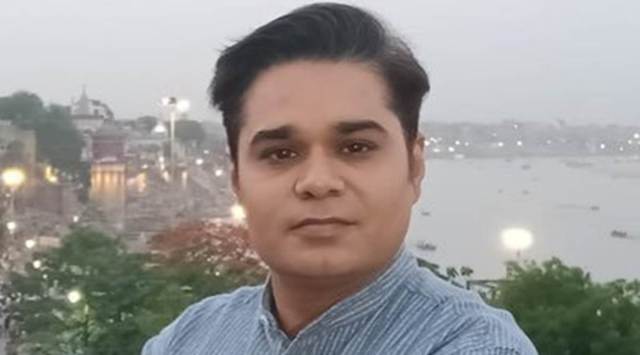“Historical truths must be depicted without in any way disclosing or encouraging hatred or enmity between different classes or communities”, the Supreme Court said on Tuesday in the context of discussing the limits of free speech, and what may tantamount to hate speech, while refusing to quash FIRs against senior TV journalist Amish Devgan.
The FIRs were filed against Devgan for alleged remarks on Khwaja Moinuddin Chishti in a news show he had anchored.

A bench of Justices A M Khanwilkar and Sanjeev Khanna, however, granted Devgan interim protection from arrest subject to his joining investigation. It also clubbed all FIRs against him in different states and transferred them to Ajmer, where the first FIR in this connection was lodged. The court asked Uttar Pradesh and Rajasthan governments to assess threat perception to the petitioner and his family members, and take appropriate steps, as may be necessary.
Elaborating on the point about truth or true facts being a defence in cases of free speech, Justice Khanna, writing for the Bench, cited the top court’s 1970 ruling in K A Abbas vs Union of India, which was about censorship. The order said that there is no bar in showing carnage or bloodshed which have historical value, and depiction of such scenes as the ransack of Delhi by Nadir Shah may be permissible, if handled delicately as apart of an artistic portrayal of confrontation with Mohammed Shah Rangila.
The court also referred to the 1980 ruling in Ebrahim Suleiman Sait v. M C Mohammed and Another, wherein it was held that speaking truth was not an answer to the charge of corrupt practice under Section 123 (3A) of the Representation of the People Act. What was relevant was whether the speech had promoted or had sought to promote feelings of enmity or hatred the court held.
“The likelihood must be judged from healthy and reasonable standard, thereby accepting the position that historical truth may be a relevant and important factor. However, historical truth must be depicted without in any way disclosing or encouraging hatred or enmity between different classes or communities,” the order stated.
The bench touched on the point about there being various shades to truth, and said “it should also be noted that contrary to the positivist claim of singularity and absoluteness of ‘truth’, it may, in actuality, be a subjective element, making it one person’s relative truth over another’s. Cultural value system, historical experiences, lived realities of social systems and hierarchies – all these are determinants in how an individual perceives the truth to be”.
Pointing out that while there may be a possibility of divergence between truth and popular belief, the bench held that “in many ways, free speech has empowered those who were marginalised and discriminated, and thus it would be wholly incorrect and a mistake to assume that free speech is an elite concept and indulgence”.
Story continues below this ad
The court, which cited writings of western academics on what constitutes hate speech, said that according to these, “Speech should have no redeeming purpose, which means that ‘the speech primarily carries no meaning other than hatred towards a particular group’. This is necessarily subjective and requires examination of good faith and good motives on the part of the speaker”.
Speaking on dignity in the context of hate speech, the court said “we must condemn and check any attempt at dissemination of discrimination on the basis of race, religion, caste, creed or regional basis. We must act with the objective for promoting social harmony and tolerance by proscribing hateful and inappropriate behaviour. This can be achieved by self-restraint, institutional check and correction, as well as self-regulation or through the mechanism of statutory regulations, if applicable. It is not penal threat alone which can help us achieve and ensure equality between groups. Dignity of citizens of all castes, creed, religion and region is best protected by the fellow citizens belonging to non-targeted groups and even targeted groups. As stated earlier, in a polity committed to pluralism, hate speech cannot conceivably contribute in any legitimate way to democracy and, in fact, repudiates the right to equality”.
The court pointed out that the object of criminalising hate speech is “to protect dignity…and to ensure political and social equality between different identities and groups regardless of caste, creed, religion, sex, gender identity, sexual orientation, linguistic preference etc.” However. it said, “political speech relating to government policies requires greater protection for preservation and promotion of democracy”.
The bench held, “Dissent and criticism of the elected government’s policy, when puissant, deceptive or even false would be ethically wrong, but would not invite penal action… Government should be left out from adjudicating what is true or false, good or bad, valid or invalid as these aspects should be left for open discussion in public domain.”
Story continues below this ad
The court said that its “observations are not to say that persons of influence or even common people should fear the threat of reprisal and prosecution, if they discuss and speak about controversial and sensitive topics relating to religion, caste, creed, etc…Question is primarily one of intent and purpose”.









